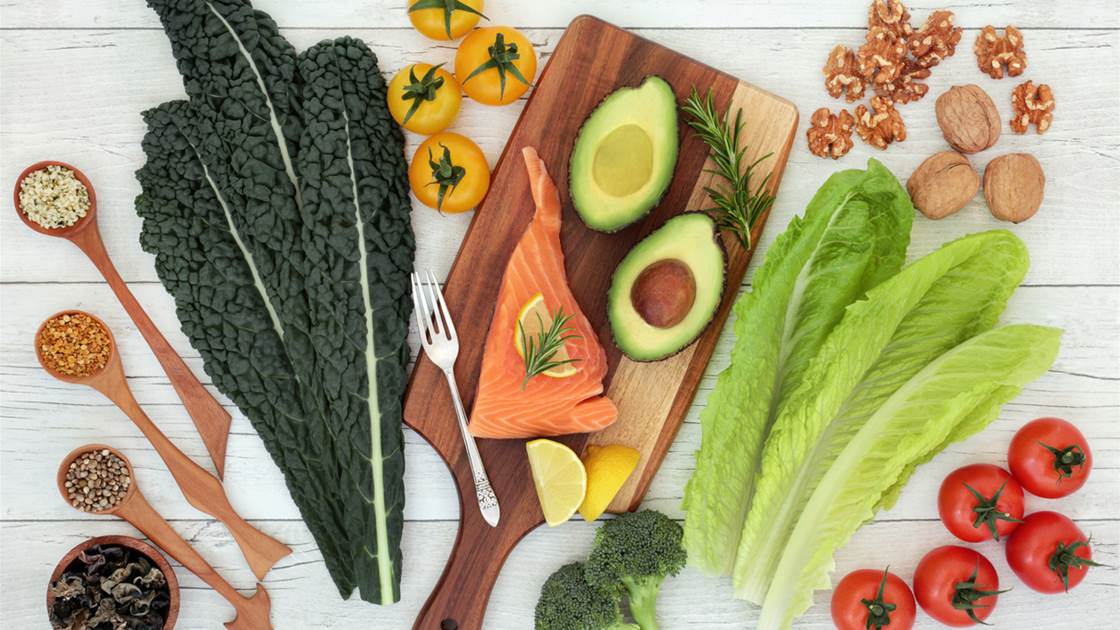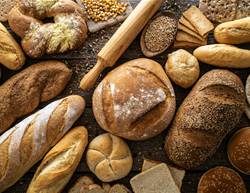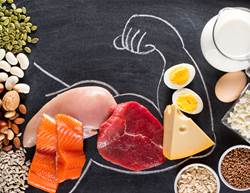Your heart keeps you going, but it’s your topmost organ—the brain—and how you nourish it, that plays a big role in how you think, feel and function every day. “Nutrition profoundly impacts cognitive function,” says registered dietitian and certified intuitive eating counsellor Laura Iu. “Food can either support or hinder our ability to think, focus, remember and make decisions.”
One diet, in particular, has gained attention for its focus on brain health and cognitive support: the MIND Diet.
Developed by researchers at Rush University in Chicago, the MIND Diet was designed to help protect memory and cognitive function. “It is one of the best-researched diets for brain health and is ideal for people looking for a simple but incredibly powerful way to preserve brain function,” says registered dietitian Maggie Moon. “Studies show that people who follow the MIND Diet may reduce their risk of Alzheimer’s by up to 50 percent and could even turn back the brain’s biological clock by around seven years.”
What is the MIND Diet?
If your meals already lean Mediterranean, the MIND Diet will feel familiar. It blends elements of the Mediterranean Diet and the DASH Diet (Dietary Approaches to Stop Hypertension), with a sharper focus on protecting the brain.
The plan encourages reducing common brain-health saboteurs like saturated fats, sodium, fried foods and added sugars. In their place: foods rich in key brain-friendly nutrients like omega-3 fatty acids, antioxidants, B-group vitamins, vitamin E, iron, zinc and magnesium.
What makes the MIND Diet unique is its clear, food-first approach. It outlines exactly how often you should eat specific brain-supporting foods each week. “The plan homes in on foods that help fight oxidative stress, suppress inflammation, protect and repair brain cells and even help create new ones,” Moon explains.
The MIND Diet Formula
Use these food groups as a base when planning your meals—these are your weekly minimums. You can absolutely enjoy more, along with other nutritious staples like fruit and eggs. Just aim to limit sweets, cheese, red meat and butter to small portions.
Whole grains
21+ Servings a week
Think half a cup of cooked farro, quinoa or barley per serve. These grains are rich in B vitamins, which research suggests may help protect memory and slow cognitive decline. B vitamins also support your body’s ability to absorb and use other nutrients. If you’re reaching for packaged bread, check the label for how many serves of whole grains it contains.
Leafy greens
6+ Servings a week
Dark leafy greens like spinach and kale are packed with essential nutrients, including folate—a B vitamin known for its brain-protective benefits. Folate also helps produce serotonin and dopamine, the mood-stabilising chemicals your brain relies on. Try to include at least 2 cups per serve.
Vegetables
7+ Servings a week
A colourful plate is a healthy plate. Eating a variety of veggies helps maximise your intake of vitamins and minerals. Load up on peppers, carrots, tomatoes, lettuce, summer squash and other vibrant picks—one cup equals a serve.
Nuts and seeds
5+ Servings a week
Nuts and seeds are rich in polyphenols, compounds that may reduce the risk of developing dementia. Walnuts are especially brain-friendly. Try sprinkling a 30g serve (about one small handful) over salads or yoghurt for crunch and cognitive support.

Berries
2+ Servings a week
Blackberries, strawberries, raspberries and blueberries don’t just look good—they’re rich in anthocyanins, a type of antioxidant that gives red, blue and purple produce its vibrant colour. Regularly eating a cup of blueberries may help improve cognitive function in older adults, according to research.
Beans
4+ Servings a week
Half a cup of beans, lentils or chickpeas delivers fibre and protein—two nutrients that help regulate blood sugar and may support long-term brain health. Their slow-digesting nature can also help protect against cognitive decline.
Poultry
2+ Servings a week
Choose chicken or turkey (about 90 to 115 grams per serve) over red or processed meats. Poultry provides lean protein, which supports neurotransmitter function, as well as essential minerals like zinc and magnesium, both important for brain health.
Fish
1+ Servings a week
Aim for at least one serve (around 115 grams) of fatty fish such as salmon, sardines or mackerel each week. These are rich in omega-3 and other polyunsaturated fats, which help reduce inflammation linked to cognitive ageing.
MIND Diet recipes
Spinach Fix
This brain-loving leafy green is loaded with vitamin C, magnesium and protective plant compounds. These nutrients help guard brain cells against inflammation and oxidative stress—two major drivers of cognitive decline. Try it sautéed with garlic, tossed into salads or blended into a green smoothie.
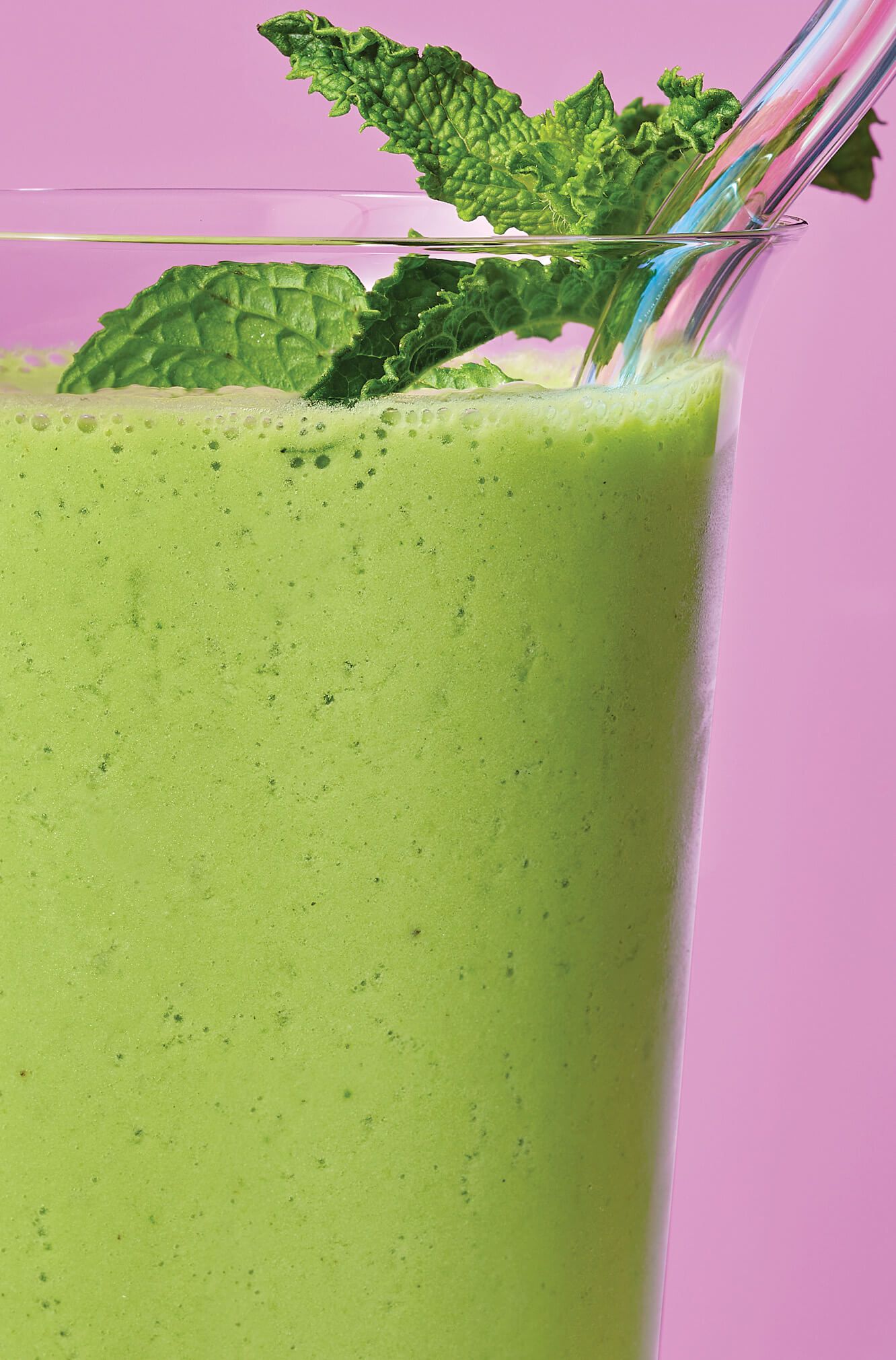
Green Juice Smoothies
- Leafy greens
- Vegetables
- Nuts
Active 5 min.
Total 20 min.
Serves 2
Method
Step 1
Place cashews in a liquid measuring jug and cover with boiling water. Soak for 15 minutes or until softened. Drain, then transfer to a high-speed blender with the coconut water. Blend until smooth, about 1 minute.
Step 2
Add spinach, pineapple, celery, cucumber, ginger, ice, mint and hemp seeds to the blender. Blend again until completely smooth and creamy.
PER SERVING About 429 kilojoules, 24 g fat (4 g sat), 0 mg chol, 125 mg sodium, 47 g carb, 7 g fibre, 26 g sugar (0 g added sugar), 14 g pro
Power Players
Beans and tofu are plant-based proteins that contain magnesium and iron, minerals that promote healthy blood flow to the brain.
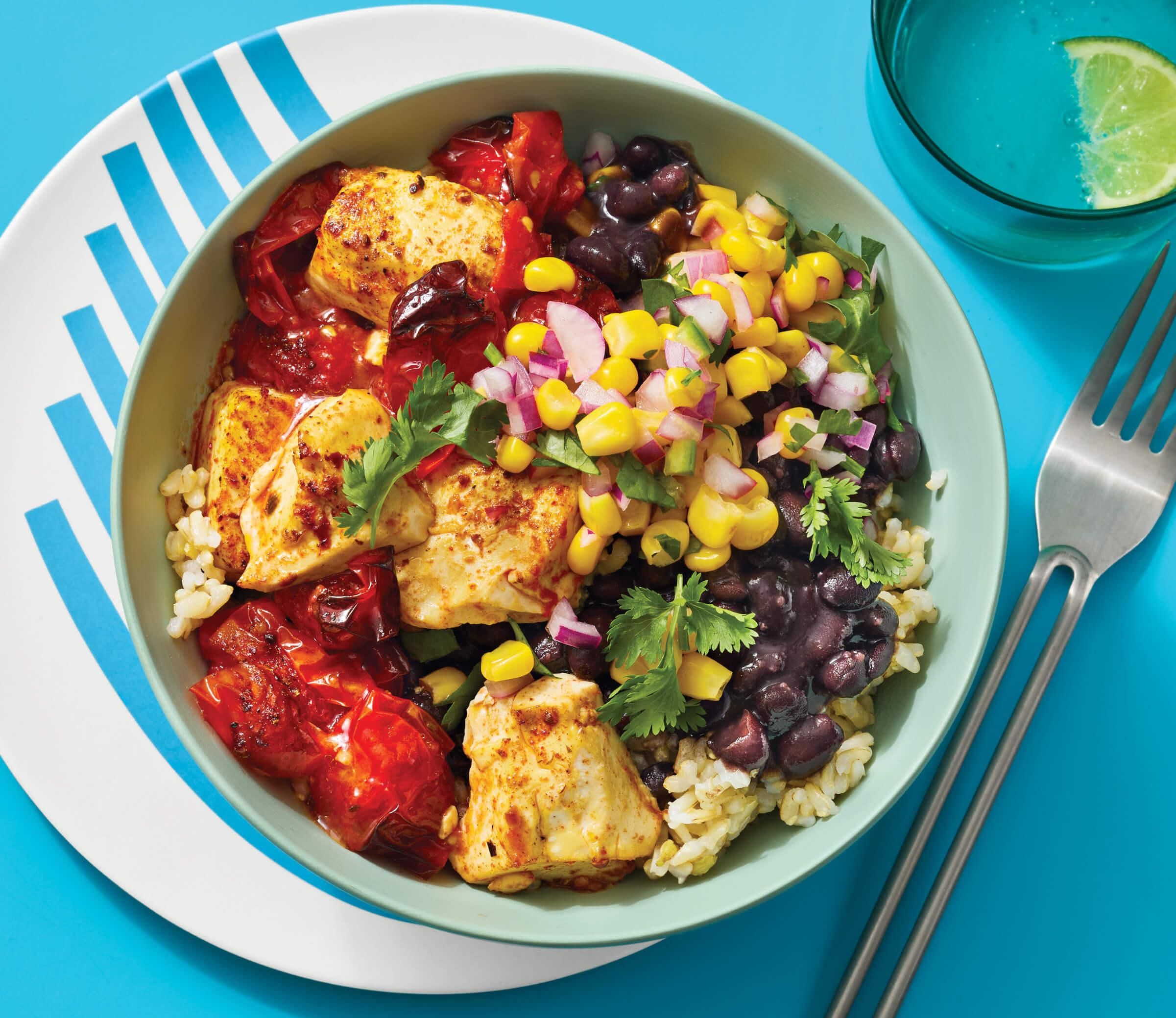
Jammy Tomato and Tofu Burrito Bowls
- Whole grains
- Vegetables
- Beans
Active 20 min.
Total 30 min.
Serves 4
Method
Step 1
Cook brown rice according to packet instructions. Meanwhile, heat ½ tablespoon olive oil and the garlic in a small saucepan over medium heat for 1 to 2 minutes, until fragrant. Add the beans and their liquid. Simmer, stirring occasionally, until thickened—about 12 to 15 minutes.
Step 2
Remove the air fryer insert. In the air fryer basket, toss the tomatoes with 1 tablespoon olive oil and 1 teaspoon taco seasoning. Heat the air fryer with the tomatoes inside to 180°C (about 3 to 5 minutes, depending on your model). Air-fry for another 5 minutes.
Step 3
Add the tofu, gently breaking it into large pieces. Drizzle with the remaining tablespoon of oil, season with the remaining 2 teaspoons of taco seasoning, and toss gently. Air-fry until the tomatoes have softened and the tofu is starting to crisp around the edges, 10 to 12 minutes.
Step 4
In a small bowl, combine the lime juice, red onion and ¼ teaspoon salt. Add the corn and serrano chilli, and toss to combine. Fold in the coriander.
Step 5
Fluff the rice and divide between bowls. Top with the spiced beans, jammy tomatoes and corn salsa.
PER SERVING About 624 kilojoules, 13 g fat (2 g sat), 0 mg chol, 773 mg sodium, 109 g carb, 22 g fibre, 5.5 g sugar (0 g added sugar), 31 g pro
Go Nuts
Walnuts are also rich in omega-3 fatty acids, which support the structure and function of brain cells and enhance communication between neurons.
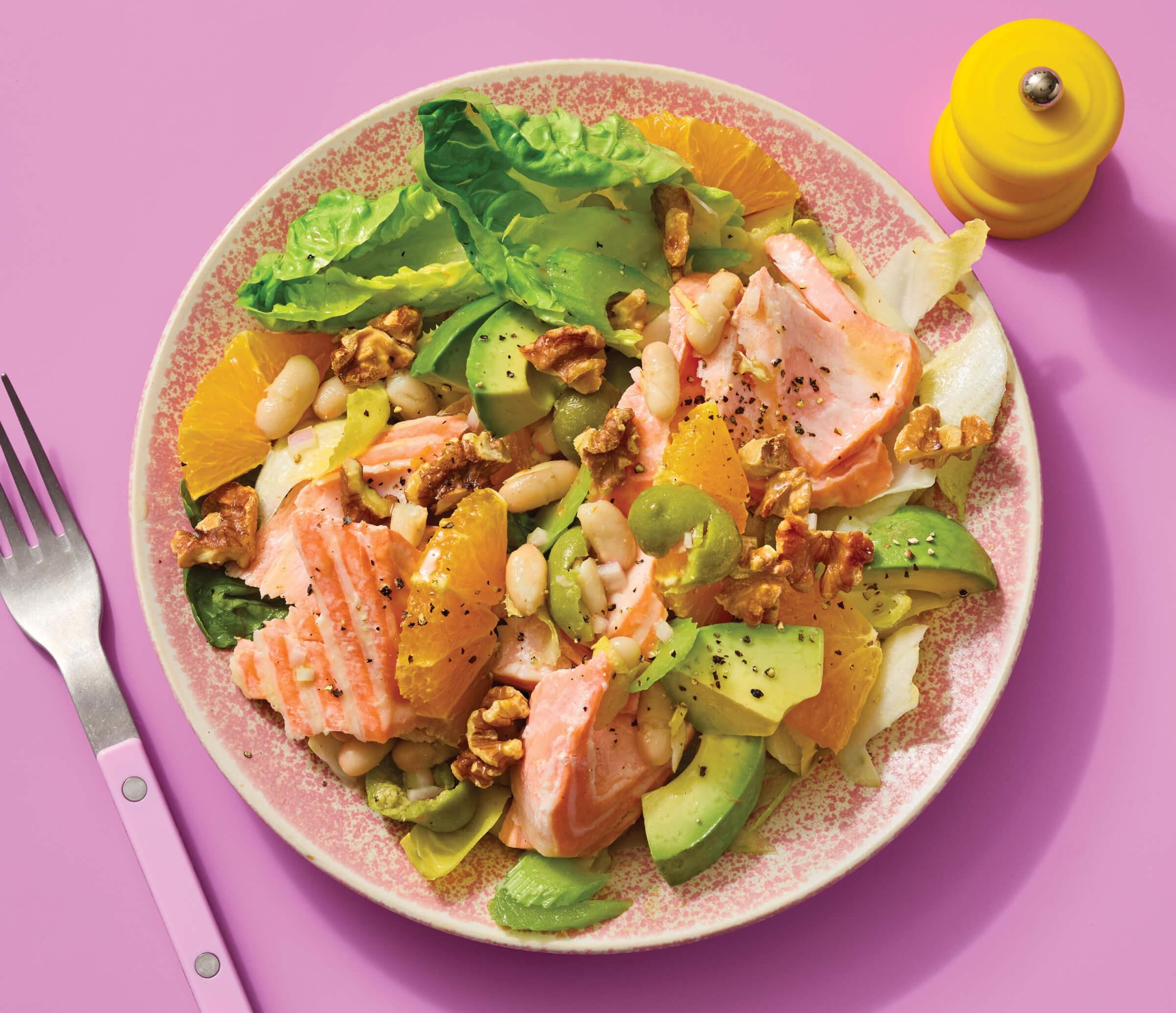
Salmon, Avocado, and Citrus Salad
- Leafy greens
- Vegetables
- Nuts
- Beans
- Fish
Active 40 min.
Total 40 min.
Serves 4
Method
Step 1
Preheat oven to 220°C. In a large bowl, zest 1 teaspoon of orange zest and squeeze in ¼ cup of juice. Whisk in the olive oil, vinegar, and ½ teaspoon each of salt and pepper. Stir in the beans, shallot and olives, and set aside to marinate.
Step 2
Place the salmon on a foil-lined baking tray with a small rim. Season with ½ teaspoon of salt. Roast for 13 to 16 minutes, or until cooked through and opaque. Let rest for 5 minutes, then flake into medium-sized pieces.
Step 3
While the salmon cooks, remove the peel and white pith from the remaining orange and slice the flesh into half-moons. Add the lettuce, endive and celery to the marinated beans and toss to coat. Arrange everything on a large platter, along with the orange slices, avocado, flaked salmon and walnuts.
PER SERVING About 547 kilojoules, 31 g fat (5.5 g sat), 53 mg chol, 787 mg sodium, 34 g carb, 14 g fibre, 7 g sugar (0 g added sugar), 33 g pro
Liquid Gold
Opt for olive oil when cooking. A bottle contains plenty of polyphenols, including biophenols, which can help protect the brain because of their anti-inflammatory and antioxidant properties.
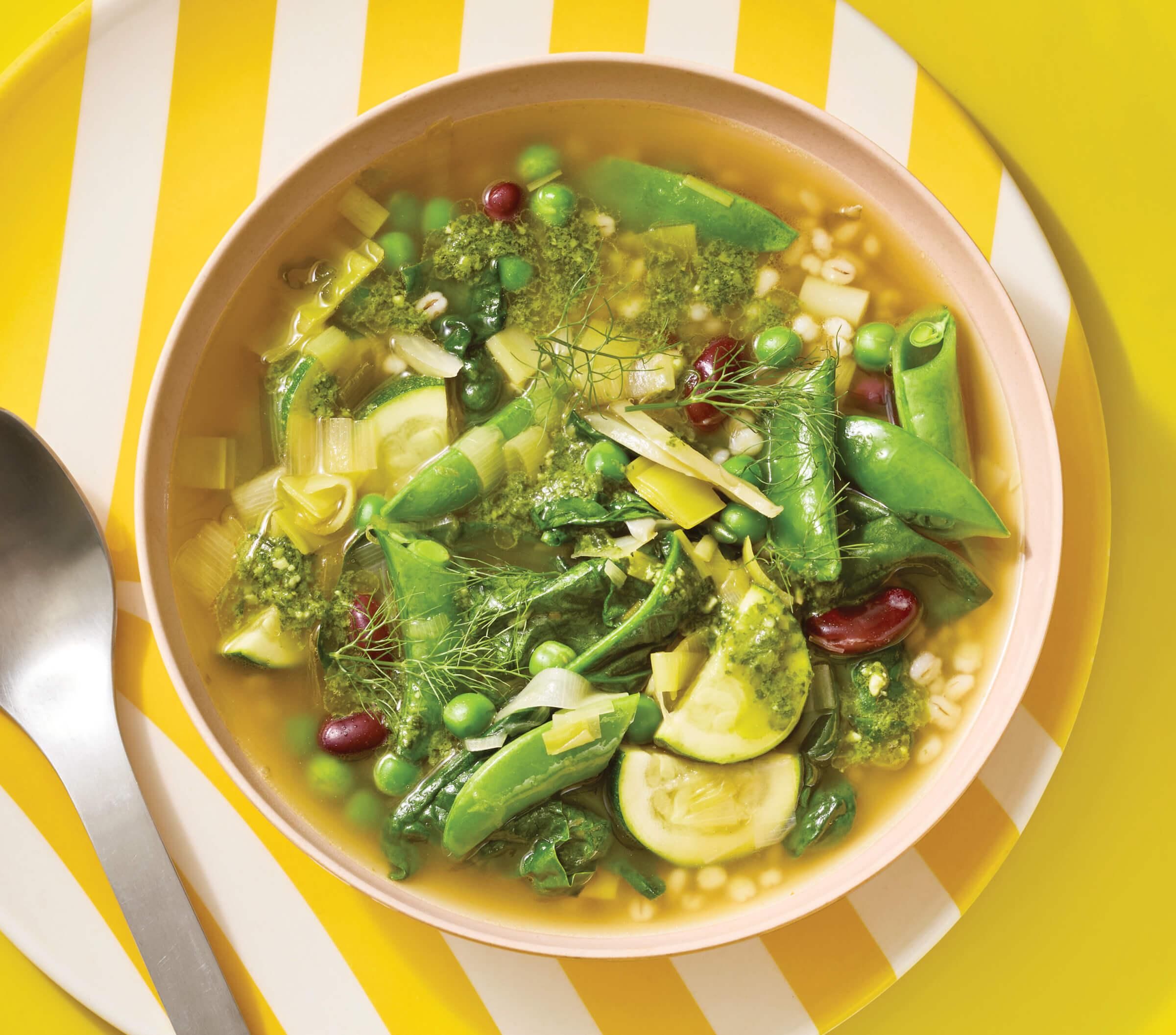
Green Summer Minestrone
- Whole grains
- Leafy greens
- Vegetables
- Beans
Active 30 min.
Total 40 min.
Serves 6
Method
Step 1
Cook the barley according to the packet instructions. In a large measuring jug, whisk together the bouillon base and 6 cups of water.
Step 2
Heat the olive oil in a medium Dutch oven over medium heat. Add the leeks, fennel and ¼ teaspoon salt. Cover and cook, stirring occasionally, for 5 to 7 minutes or until the vegetables are soft and translucent. Add the garlic and the white and light green parts of the spring onions. Cook for another 2 to 3 minutes, until just tender.
Step 3
Pour in the bouillon mixture and stir in the nutritional yeast. Bring to a gentle simmer. Add the sugar snap peas and beans and cook for 2 to 3 minutes, stirring occasionally, until just tender. Add the zucchini and cook for another 3 to 4 minutes until soft.
Step 4
Stir in the cooked barley. Add the peas and spinach and cook for 1 to 2 minutes more, just until the peas are warmed through and the spinach is wilted. To serve, ladle into bowls and top each with 1 tablespoon of pesto and a sprinkle of the reserved spring onion greens.
PER SERVING About 445 kilojoules, 13 g fat (1.5 g sat), 0 mg chol, 638 mg sodium, 70 g carb, 17 g fibre, 9 g sugar (0 g added sugar), 16 g pro
Great Grain
Soba noodles are made from buckwheat flour, a whole grain, so when you eat them you’ll slurp up both fibre and protein. Many chemical reactions in the brain rely on amino acids, the building blocks of protein, and eating more fiber is associated with a lower risk of Alzheimer’s and dementia, research says.
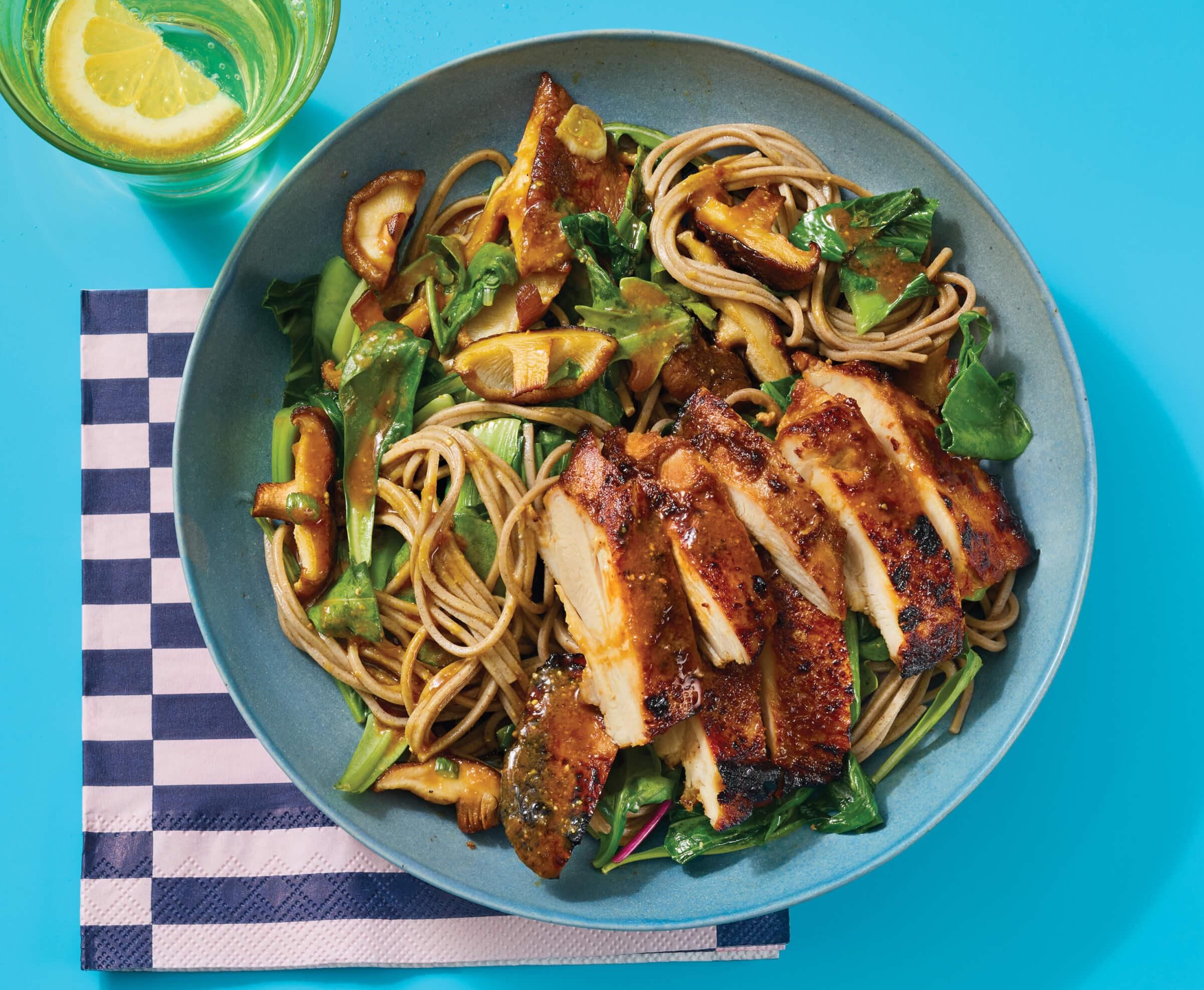
Soba With Chicken and Baby Greens
- Whole grains
- Leafy greens
- Vegetables
- Poultry
Active 35 min.
Total 45 min.
Serves 4
Method
Step 1
In a small bowl, whisk together the miso and 2 tablespoons of olive oil until smooth. Whisk in the vinegar, soy sauce and honey. Transfer 3 tablespoons of the mixture to a large zip-lock bag, add the chicken, and massage to coat. Let marinate for 30 minutes. Whisk the garlic and ginger into the remaining miso mixture and set aside.
Step 2
Meanwhile, cook the soba noodles according to the packet instructions. Drain, rinse under cold water and set aside.
Step 3
Position a rack 10 to 15 cm below the grill element and preheat the grill. Line a baking tray with aluminium foil. Place the marinated chicken, skin side down, on the tray and discard the used marinade. Grill for 5 minutes, then flip and cook for a further 8 to 10 minutes, or until browned and cooked through. Let the chicken rest for 5 minutes before slicing.
Step 4
While the chicken is grilling, heat 2 tablespoons of olive oil in a large, deep frying pan over medium–high heat. Add the mushrooms in a single layer and cook without stirring for 3 to 4 minutes, until they start to brown. Toss, then continue cooking for another 3 to 4 minutes until deep golden brown. In the final minute, add the white parts of the spring onions and stir occasionally. Transfer everything to a plate.
Step 5
Add the remaining tablespoon of oil to the pan and reduce heat to medium. Add the bok choy and cook, stirring often, until the leaves are wilted and the stems are just tender, about 1 to 2 minutes. Fold in the baby greens, mushrooms and soba noodles.
Step 6
Remove the pan from heat and toss everything with the reserved miso dressing. Serve topped with the sliced chicken and dark green parts of the spring onions.
PER SERVING About 624 kilojoules, 27 g fat (5 g sat), 156 mg chol, 903 mg sodium, 57 g carb, 7 g fibre, 8 g sugar (2 g added sugar), 40 g pro
Chia Champ
These small but mighty seeds offer a host of health benefits courtesy of their omega-3 fatty acids, antioxidants, polyphenols, and fibre.
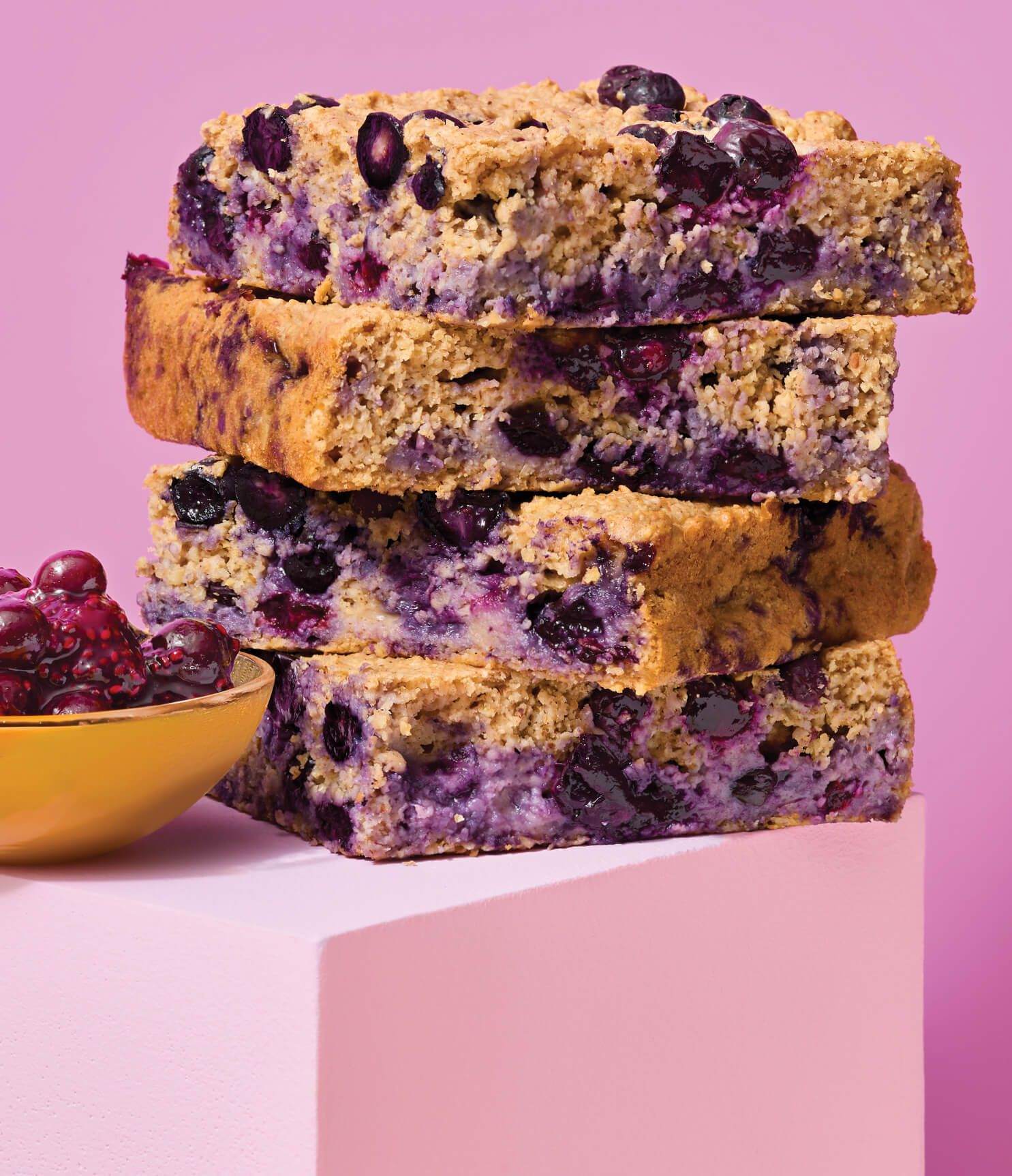
Blueberry-Chia Jam Oat Cake
- Whole grains
- Nuts
- Berries
Active 15 min.
Total 50 min. plus cooling
Serves 4
Method
Step 1
Preheat oven to 175°C. Lightly spray a 20 cm x 20 cm square baking tin with non-stick spray, then line with baking paper, leaving an overhang on two opposite sides for easy removal. Lightly spray the paper as well.
Step 2
In a large bowl, whisk together the yoghurt, milk, almond butter, vanilla and 2 tablespoons of maple syrup.
Step 3
Using a mini blender or small food processor, blitz the oats in batches until finely ground. Add to the yoghurt mixture along with the baking powder, cinnamon and ¼ teaspoon salt. Stir until just combined, then gently fold in 2 cups of blueberries.
Step 4
Pour the mixture into the prepared tin and bake for 30 to 35 minutes, or until a skewer inserted in the centre comes out clean. Allow to cool for 20 minutes before slicing.
Step 5
Meanwhile, in a small saucepan over medium heat, combine the remaining 2 cups of blueberries with 1 tablespoon of maple syrup and a pinch of salt. Cook for 3 to 4 minutes, lightly mashing and stirring occasionally, until the berries begin to soften. Remove from heat, stir in the chia seeds and lemon juice, and let sit for a few minutes to thicken. Serve the compote spooned over slices of oat cake.
PER SERVING About 425 kilojoules, 13 g fat (2.5 g sat), 8 mg chol, 607 mg sodium, 68 g carb, 11 g fibre, 28 g sugar (9 g added sugar), 14 g pro
